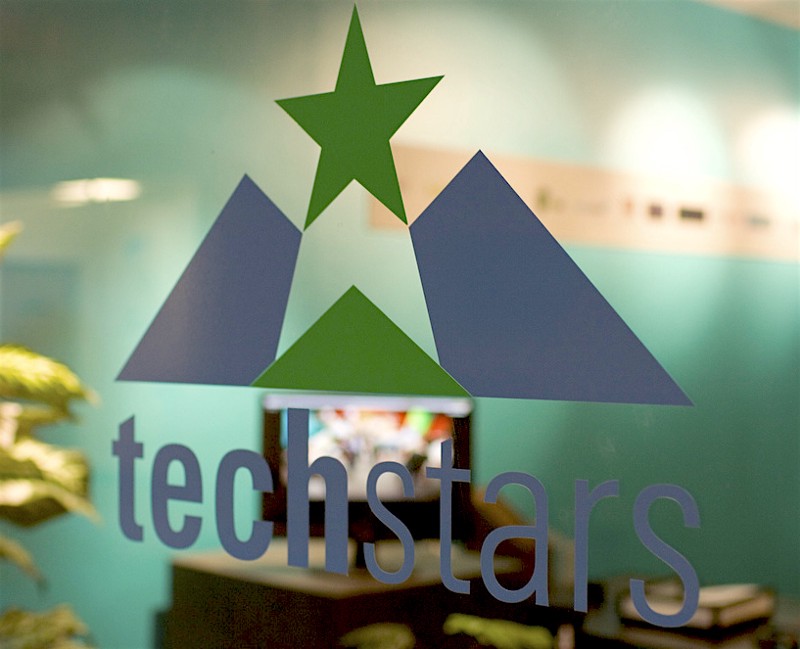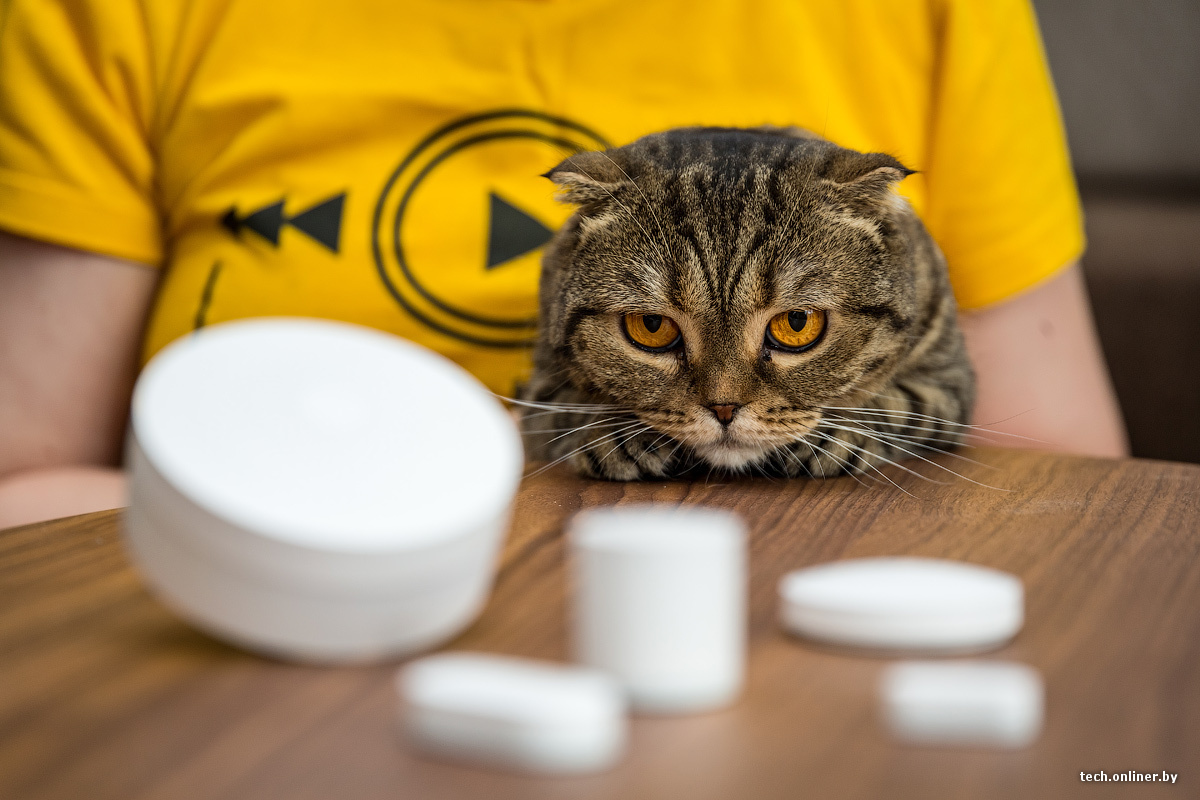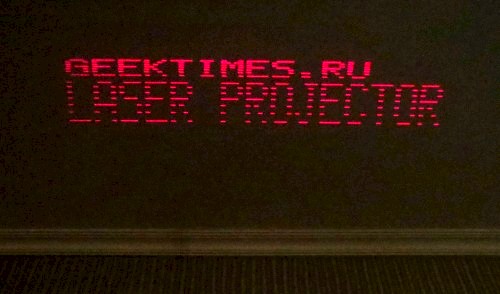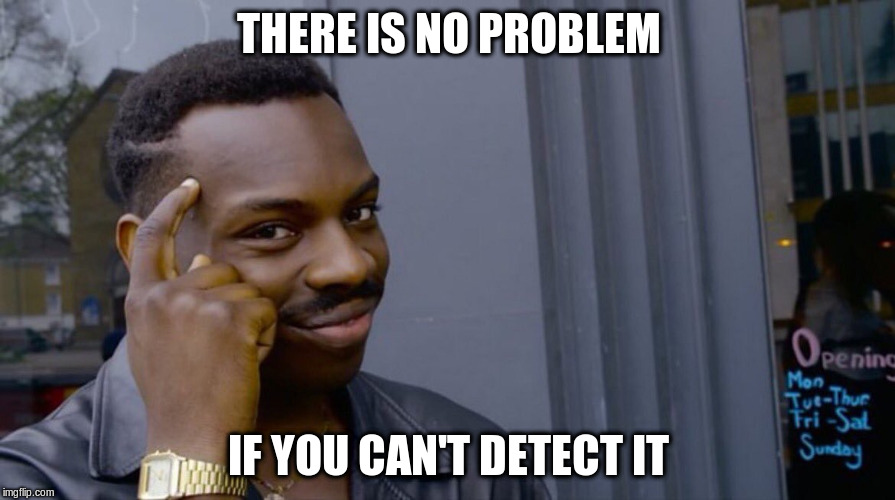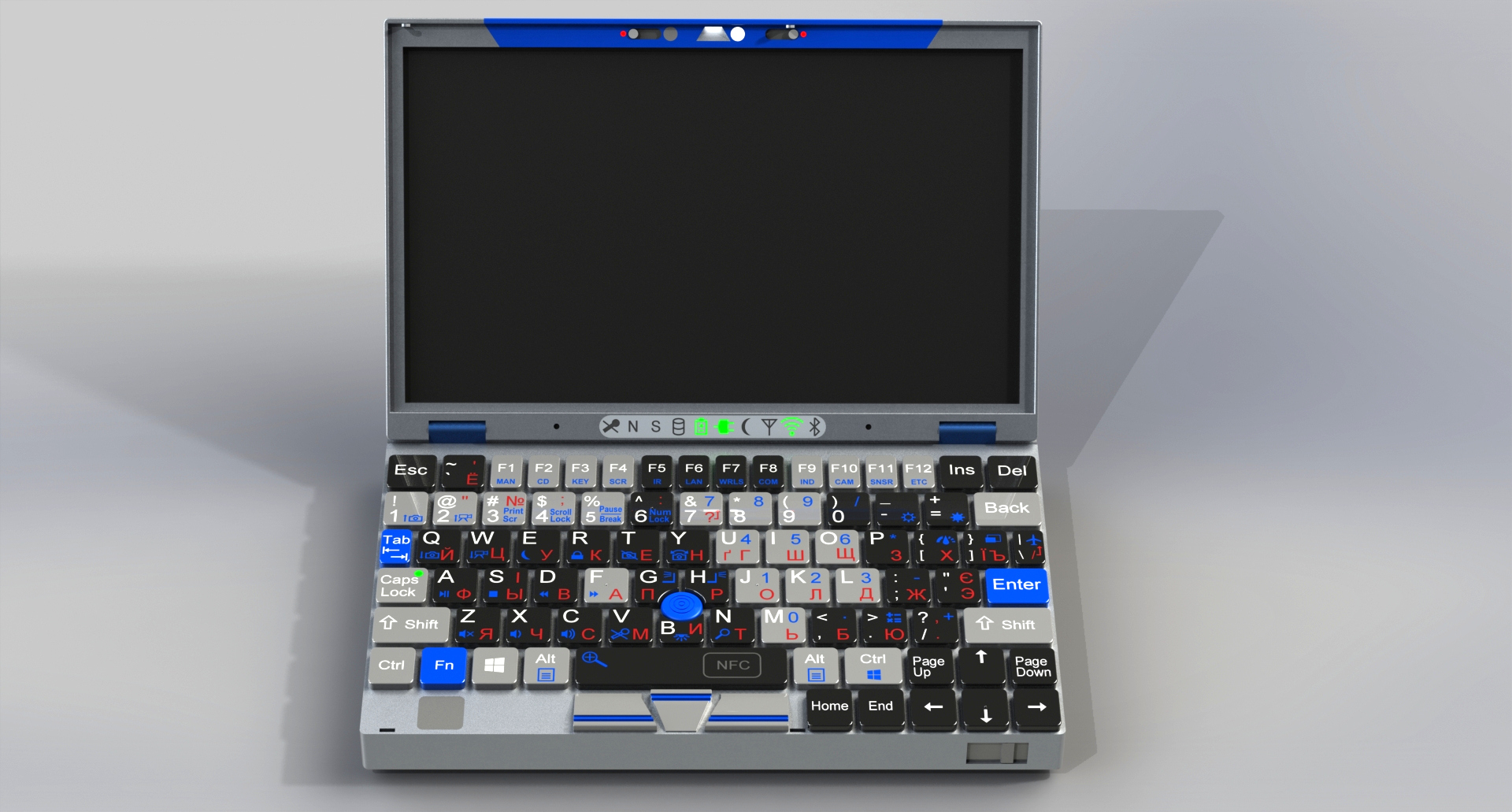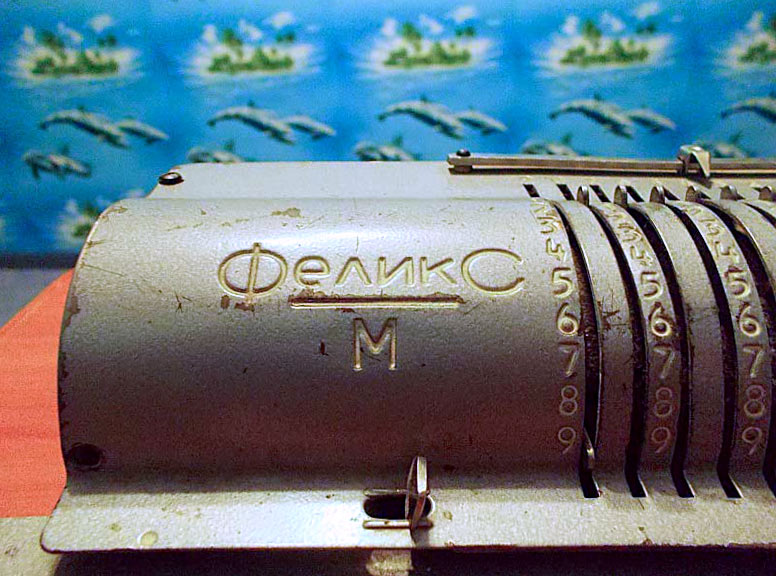In fact, there are thousands of tech-focused events taking place annually. The important thing is to pick the best, most useful and easily accessible ones to optimize your time and expenses.
Techstars Startup Digest solves this problem by sending its subscribers an email newsletter with a curated list of relevant and reasonably priced events for entrepreneurs. Currently, Startup Digest consists of more than 700 curators, is approaching 700K subscriptions, and is available in more than 300 cities all around the world. Today, I’d like to share its history, how the founders came up with the idea, what it looked like in the initial stages, and what it’s going through right now.
